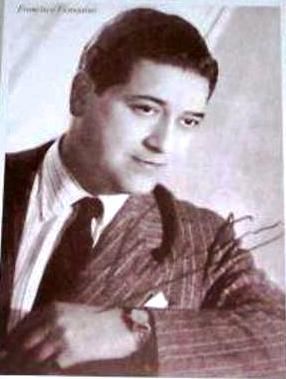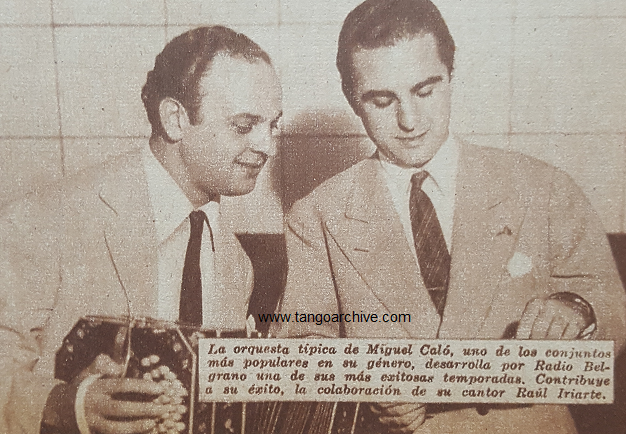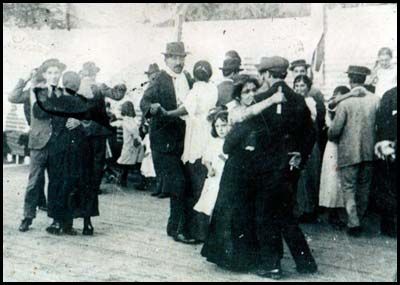“Romántico bulincito” by Rodolfo Biagi y su Orquesta Típica with Jorge Ortiz in vocals, 1941.
“Romántico bulincito” by Rodolfo Biagi y su Orquesta Típica with Jorge Ortiz in vocals, 1941.

Augusto Gentile
Pianist and composer (September 11, 1891 – March 18, 1932)
His work as a tango composer began around 1913. As a player, his name is known only after 1918, when he recorded some tangos as a piano soloist for the Telephone label. He was the musical director of the latter. After that, he had the same position at the Electra record company.
But he stood out as a composer. He wrote “Romántico bulincito”.
Listen and buy:
-
Amazon music
-
iTunes music
-
Spotify
We are happy to have a collaboration with the people from tangotunes.com from whom some of you may have heard, they do high-quality transfers from original tango shellacs.
It is the number 1 source for professional Tango DJs all over the world.
- Now they started a new project that addresses the dancers and the website is https://en.mytango.online
You will find two compilations at the beginning, one tango and one vals compilation in amazing quality.
The price is 50€ each (for 32 songs each compilation) and now the good news!
If you enter the promo code 8343 when you register at this site you will get a 20% discount!
Thanks for supporting this project, you will find other useful information on the site, a great initiative.
More Argentine Tango music selected for you:
We have lots more music and history










